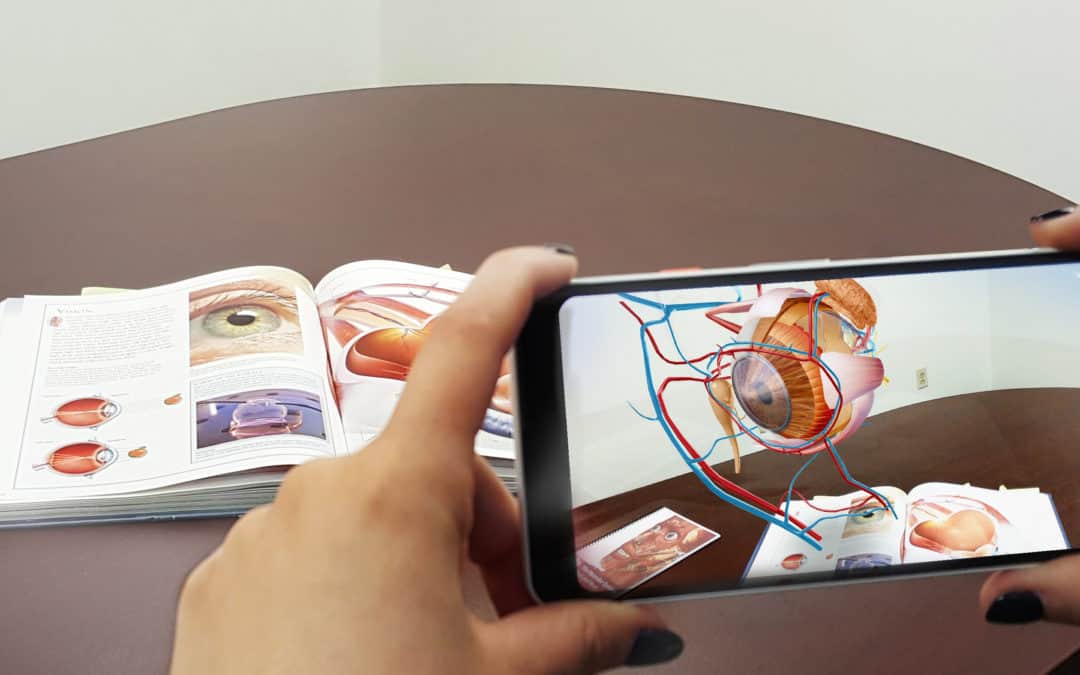I wanted to see how UX was already impacting health care in the world.
My deliverable for this module was to design a prototype for a site, app or digital product that was associated with healthcare. So I began by researching different types of healthcare sectors in order to browse my options. I discovered that there were many different types, and that they all varied somewhat in their respective purposes, processes and procedures. For example, a medical clinic might deal with diagnosis and treatment of disease, a rehabilitation facility might focus on helping people recover from injury, and a nursing home would deal with long-term care. And each of these could be developed into some kind of app.
It was not until this point that I felt a little overwhelmed. There were so many options, and the different types of services within each option varied greatly. So I looked at some online resources to see what I could discover.
1. General physical/mental health apps –

I discovered that there were already some apps available that claimed to increase overall health, boost brain function, or even help with weight loss. And I thought these might give me some ideas for my project. There were a few sites promoting apps that were dedicated to help people manage their general physical and mental health (exercise, diet, relaxation, etc). There were also some apps that focused on aerobic exercise, interval training, weightlifting, yoga, and Zumba. However, creating an app that measured and tracked all of these activities might be too complex to manage. Perhaps I should narrow down my focus more.
2. AI Chatbot integration –

I found that a lot of the apps already had some kind of artificial intelligence (AI) chatbot capability. The user could type in a question or their symptons for example, and the chatbot would respond with pre-written keywords and responses – almost like a virtual GP. I began to think about the different types of responses that an AI app could give, and which responses would be most helpful to the user. However, I felt that this feature alone was not enough for an app on its own, but more of a bonus feature.
I had tried some chatbot sites before like Cleverbot and Amazon’s bot, and while it seemed useful for technical questions, I doubt if it would be able to provide any real therapeutic value for a mental health app for example.
3. Virtual and Augmented Reality –

VR can be incredibly immersive, and the user can experience a completely different world. It’s also a relatively new and experimental technology, so the quality of the apps and headsets that you can find vary in quality. However, perhaps I could design a VR experience that would help a user cope with stress by giving them a sense of presence in a completely different world?
AR features may be simpler to integrate than VR, and they are more commonly used. I discovered some AR apps that were designed to help users learn information about a particular real life object, such as how to assemble furniture, or how to prepare a meal. This kind of technology would be more useful for a weight loss app for example, to help a user learn how to prepare a healthier meal with an existing set of ingredients laid out in front of their device.
Or, AR can be used on packaging for medicine, to help give users clear and guided instructions on how to use.
4. Gamification –

Gamification is a popular method of increasing user engagement through the use of game-like mechanics. There are many different kinds of gamification, including points systems, leaderboards and other types of achievements, competitions and challenges. These reward systems can be integrated into a website or app to increase engagement within those app experiences.
An example of an app I personally used that made use of gamification is Duolingo. Duolingo is an app where you can learn a new language. What I discovered about using Duolingo was how it treated learning a new language just like playing a game. Users can earn XP points and achieve goals by passing quizzes. Learning a new language can be quite a daunting task, just like losing weight or exercising, so by making the experience as accessible and easy to use as possible – it makes the user want to use the app over and over again.
A points system for example, would provide an incentive for a user to lose a certain amount of weight in a week, to run a specified distance in an hour, to consume a certain number of healthy foods in a day etc.
I found these aspects of UX in medical related apps fascinating, and I was curious to see how I could incorporate them into my own design.